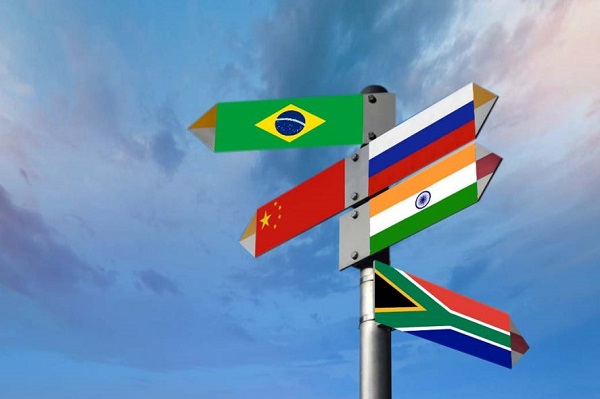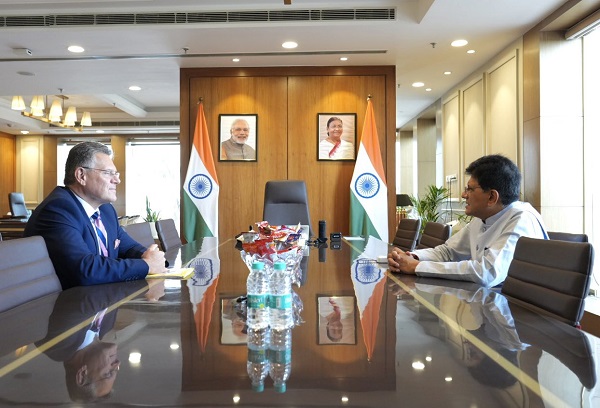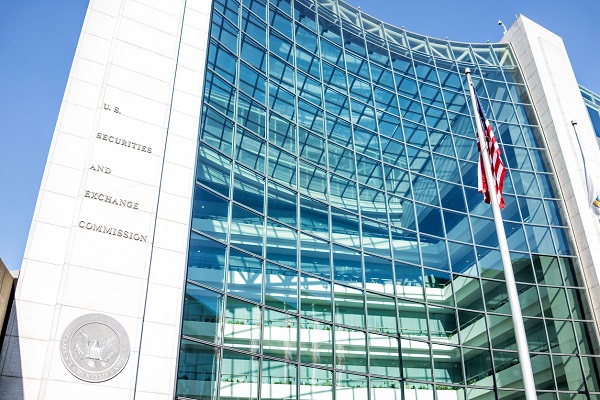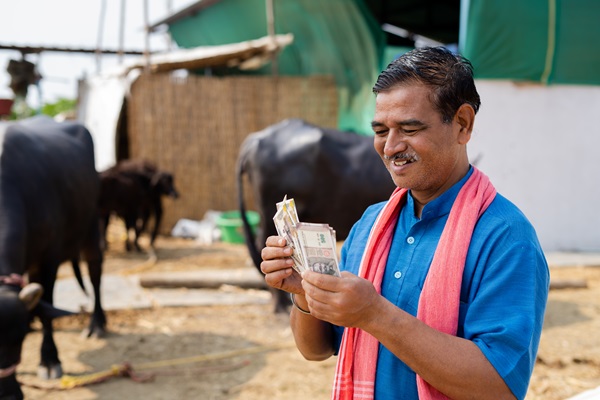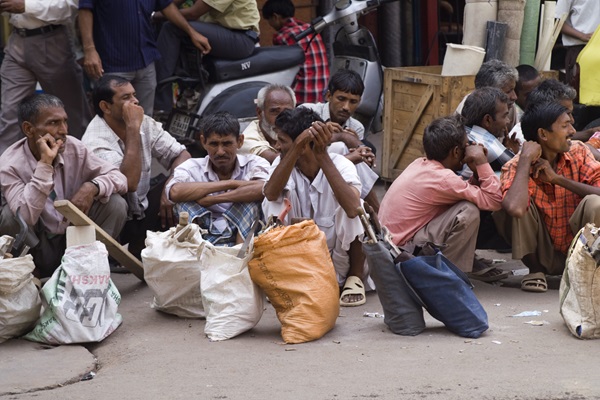.png)

By Babuji K
Babuji K is a career central banker with 35 years at RBI in exchange rate management, reserve operations, supervision, and training.
September 16, 2025 at 5:52 AM IST
The BRICS bloc is steadily remaking its place in global economic affairs. As tariff battles intensify and the global order splinters, the grouping is presenting itself as an alternative pole to the West. With members now accounting for 40% of world GDP and nearly a quarter of global trade, its expanded line-up—Indonesia, Iran, and the United Arab Emirates among them—represents half the world’s population and a quarter of its landmass. This sheer weight is translating into both resilience and leverage. The bloc grew 4% in 2024, well above the global average, underscoring its dynamism amid turbulence.
Foreign exchange reserves confirm the story, as after a dip late in 2024, BRICS’ reserves rebounded to $5.1 trillion by mid-2025. China and Russia powered the recovery, with Moscow posting record highs despite sanctions. India, which had fallen to $640 billion by the end of 2024, clawed back significant ground, while Brazil moved at a slower pace. Collectively, BRICS has built formidable financial firepower, shielding members from external shocks and giving them the scope to test new financial mechanisms.
Currencies displayed surprising stability in the face of stress. Brazil’s real gained more than 6% after an initial wobble, while Russia’s rouble strengthened by almost 10% despite sharp swings. India’s rupee was far more stable, slipping less than 0.25% on fundamentals, reserves, and contained inflation. That calm gave way when Washington, under President Donald Trump, hit India with a 50% tariff, among the steepest imposed on a BRICS member. Volatility spiked, yet New Delhi’s ability to absorb the shock reinforced confidence. Russia’s rouble, meanwhile, became a symbol of how sanctions can disrupt but also create space for arbitrage, bilateral settlements, and alternative financing.
The wider currency backdrop has shifted too, with the Dollar Index jumping from 100 to 107 after the 2024 election, before sliding to 98 by mid-2025. Within BRICS, 90% of intra-bloc trade is now settled in local currencies. Synthetic benchmarks such as the “BRICS-10” have emerged, and discussions on an “R5” basket or even a gold-backed unit have gathered pace. Yet dollar dominance remains overwhelming, accounting for almost 90% of global forex trades. For all the progress, the bloc’s financial autonomy is still constrained by reliance on dollar-based systems.
Another marker of recalibration is the bloc’s stance on US Treasuries. From September 2024 to June 2025, BRICS cut holdings by over $55 billion, reducing exposure from $1.264 trillion to $1.209 trillion. South Africa slashed the share of Treasuries in its reserves from 35% to 22%. India pared $20 billion, an 8.2% reduction. Brazil trimmed by more than $26 billion. Russia remained near zero. China, still the largest holder, made only a modest cut, but the symbolism was potent. Diversification is now a clear priority, even though redeploying such sums remains a formidable challenge.
Tariff threats complicate the transition, with prospects of duties as high as 100% on countries exploring dollar substitutes, which are especially damaging for commodity-linked currencies such as the real, rand, and rouble. South Africa’s rand has epitomised the rollercoaster of depreciation and recovery, highlighting how vulnerable emerging markets remain to external shocks. Faced with uneven US tariffs, BRICS members may adopt divergent strategies, with some allowing currencies to weaken for competitiveness and others burning reserves to preserve stability.
Yet opportunities have also opened up.
Between 2023 and 2025, BRICS currency trading activity rose 15%. Expansion has added heft, with Indonesia’s entry lifting the bloc’s share of global GDP on a purchasing power basis close to 40%. The dollar’s share of world reserves has dropped to 57.4%, its lowest since the 1990s, offering scope for alternatives. Central banks are already diversifying, adding natural demand for BRICS currencies. Still, uneven coordination persists, with Russia’s exclusion from mainstream markets and South Africa’s limited capacity eroding collective bargaining power.
To mitigate risks, members are deepening defences. Bilateral swap lines are expanding to reduce dollar reliance. Work on a block-controlled payments and messaging system is advancing. The Contingent Reserve Arrangement provides a backstop. Reserves once channelled into Treasuries are being redeployed into gold and local bonds. Commodity-linked currencies are testing hedging models tied to price cycles, while the yuan and rupee are slowly emerging as stabilising anchors.
What emerges is a bloc in transition, more confident in charting an independent course but still far from challenging dollar dominance. Talk of a unified BRICS currency has grown louder, yet decades of alignment will be required before it can rival the dollar. For now, the pragmatic focus is on local settlements, resilient payment systems, and smarter reserve deployment.
The stakes could not be higher. BRICS enjoys strong growth, vast reserves, and growing geopolitical clout. But tariffs, volatility, and patchy coordination remain real hazards. Its experiment in building an alternative to Western systems will be gradual, often contested, and sometimes fragile. The momentum, though, is unmistakable.
